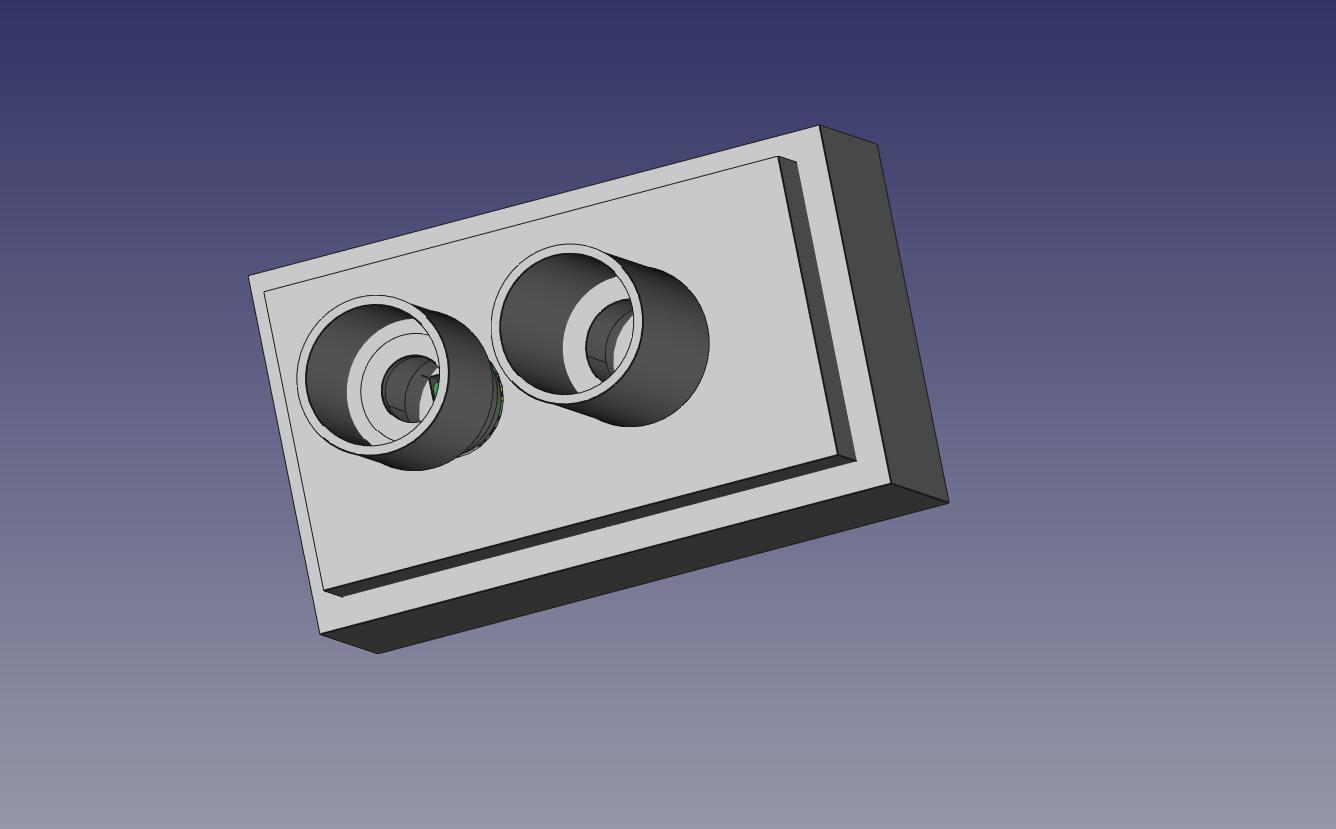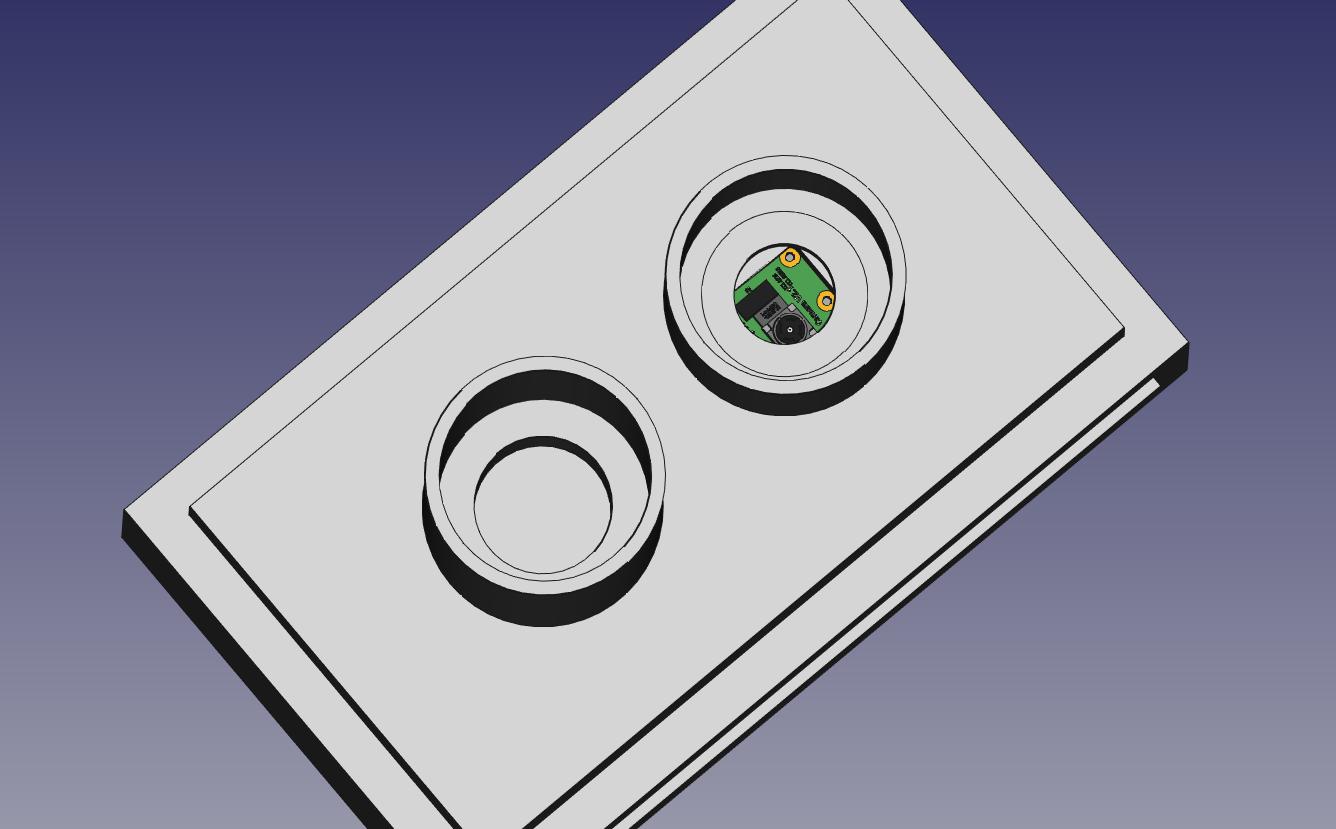Docket #: S19-398
Portable Device to Quantify Liver Steatosis in a biopsy Using a Computer Imaging Platform
Stanford researchers have designed a trainable portable device that can rapidly quantify liver steatosis (fat) prior to transplantation without a pathologist. Currently, rapid assessments are hindered by waiting for an available pathologist to provide results. This device scans a slide through a microscope with a pretrained artificial intelligence (AI) model in order to make a quick assessment. Having a quick, on-demand assessment will save valuable time and yield better results for liver transplantation. Currently, 10% of donor livers are not able to be used due to high liver fat content.
This AI algorithm was trained using biopsies from livers being considered for donation. The algorithm can identify with high specificity and sensitivity the fat globules within the liver tissue. Then it can calculate the percentage of fat within the liver. Research has shown that donor livers with high-fat content tend to do less well than donors with no fat content.



Figure description - Device prototype sketches
Stage of Development
Applications
- Quantify Liver Steatosis (percentage of fat) prior to liver transplantation
Advantages
- Portable complete device - includes camera, graphics processing unit (GPU), and small display
- Rapid Assessment
- Does not rely on availability of pathologist
- More reproducible assessment than pathologists
Publications
- Narayan, Raja, Natasha Abadilla, Linfeng Yang, Chun Chuan Hsu, Christopher Jensen, Simon B. Chen, John P. Higgins, and Marc L. Melcher. "Quantification of Donor Liver Steatosis Using an Unsupervised Artificial Intelligence Platform." Journal of the American College of Surgeons 229, no. 4 (2019): e151.
Related Links
Patents
- Published Application: 20210121122
Similar Technologies
-
Deep learning model for 3D computed tomography (CT) image reconstruction with single or a few views S18-464Deep learning model for 3D computed tomography (CT) image reconstruction with single or a few views
-
Microfluidics device for high-throughput liquid biopsy and other cellular analyses S17-169Microfluidics device for high-throughput liquid biopsy and other cellular analyses
-
MagSweeper: high purity capture of circulating tumor cells and other rare cells S07-132MagSweeper: high purity capture of circulating tumor cells and other rare cells